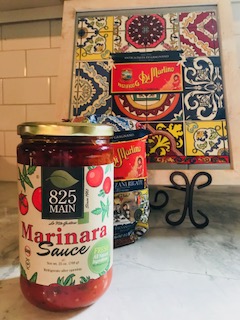Before 1550, Italian pasta didn’t come with red sauce. Instead it was prepared with olive oil and herbs. When Spain occupied the kingdom of Naples in the 16th century, they brought the tomato to popularity in the region. Marinara sauce was developed in Naples, Italy around 1550, nearly 200 years before the rest of Europe.
Marinara Sauce means sailor type tomato sauce, and it is a basic, versatile tomato sauce. It is said that the sauce was originally developed by the Neapolitan wives of fishermen. After a long day out at sea the fishemen would come home hungry. The wives would quickly make a tomato sauce and toss in the catch of the day to flavor it.
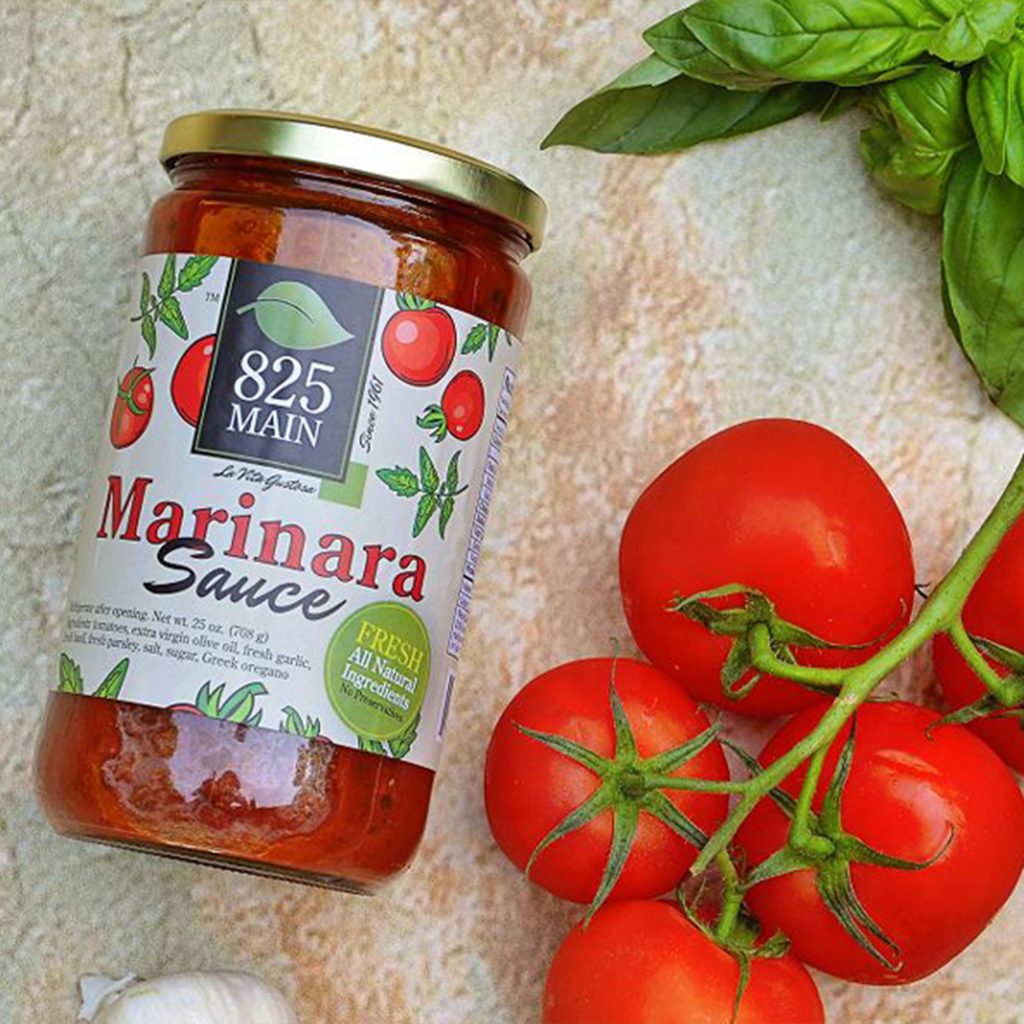
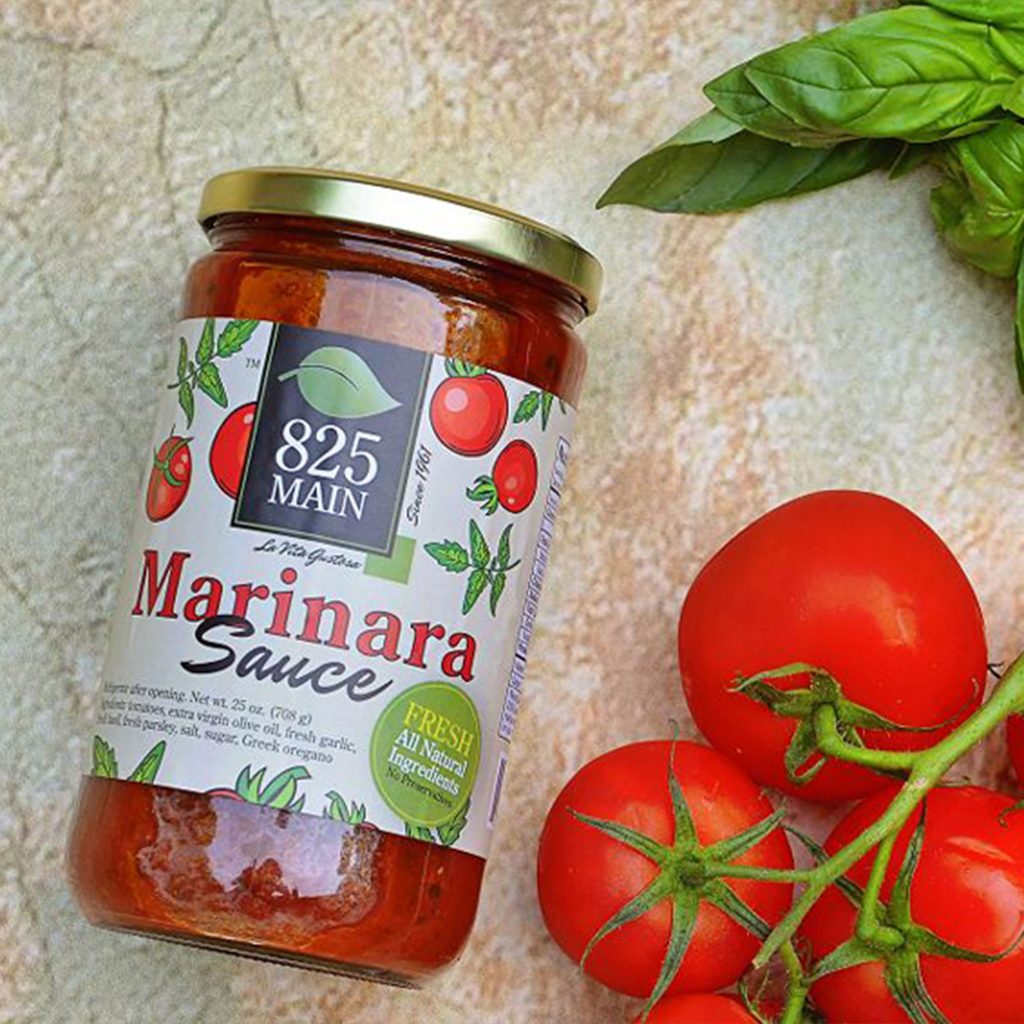
Try one of the following recipes using our versatile 825 MAIN Marinara sauce.
Besides being a great pasta sauce, Marinara is also used in a variety of recipes. Having a jar of 825 Main Marinara Sauce in the cupboard is living la vita gustosa (living a tasty life!)
Pasta Amalfitano
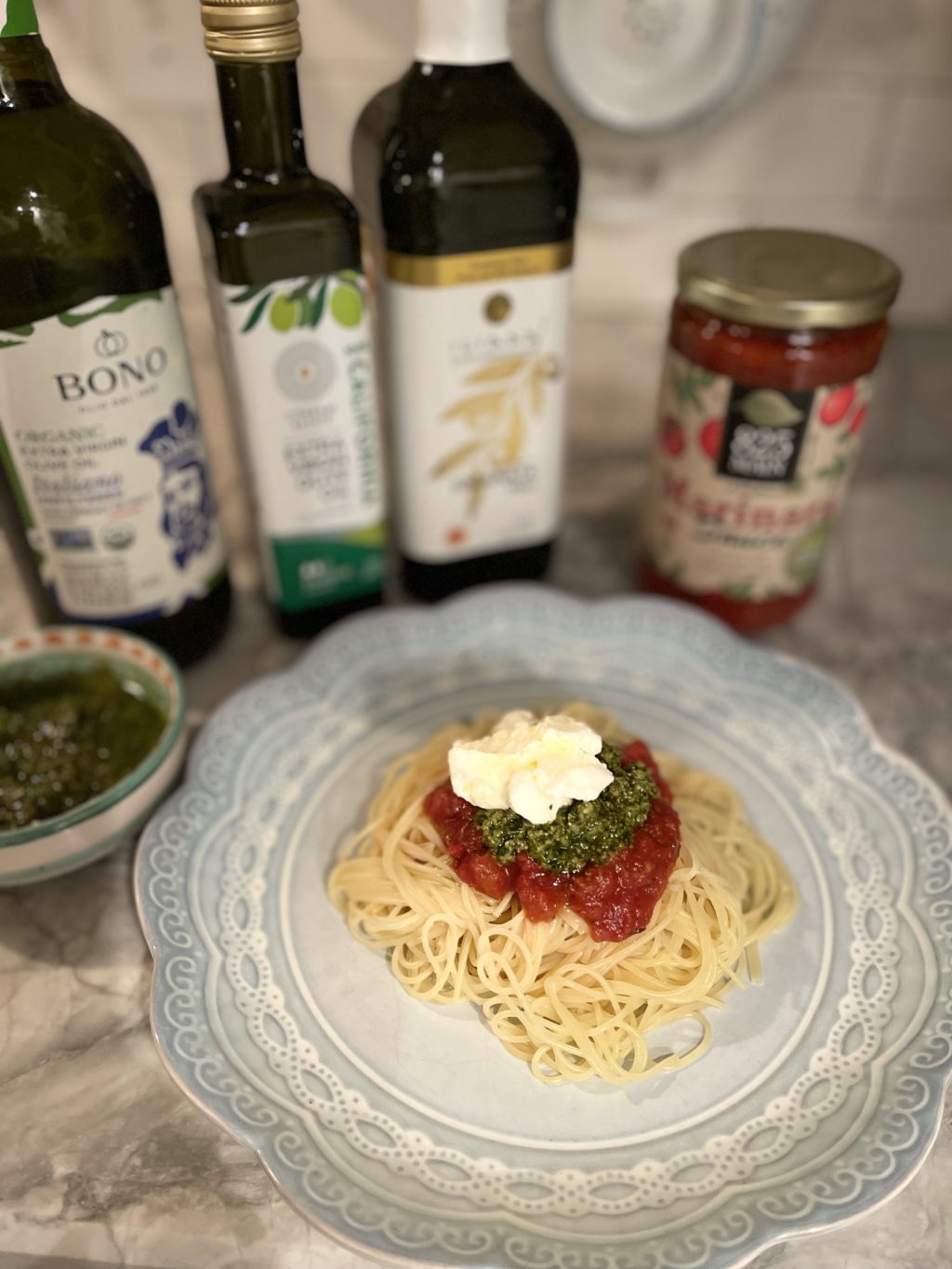
Layer this fresh pesto recipe with 825 MAIN Marinara and Ricotta cheese, drizzle with Extra Virgin Olive Oil and serve over your choice of pasta al dente! Fresh Basic Pesto Recipe Ingredients: 2 cups of chopped fresh basil½ cup grated cheese either Parmagiano or Romano (Do not use shelf stable type) ½ extra virgin olive oil ¼…
White Bean (Cannellini) Soup
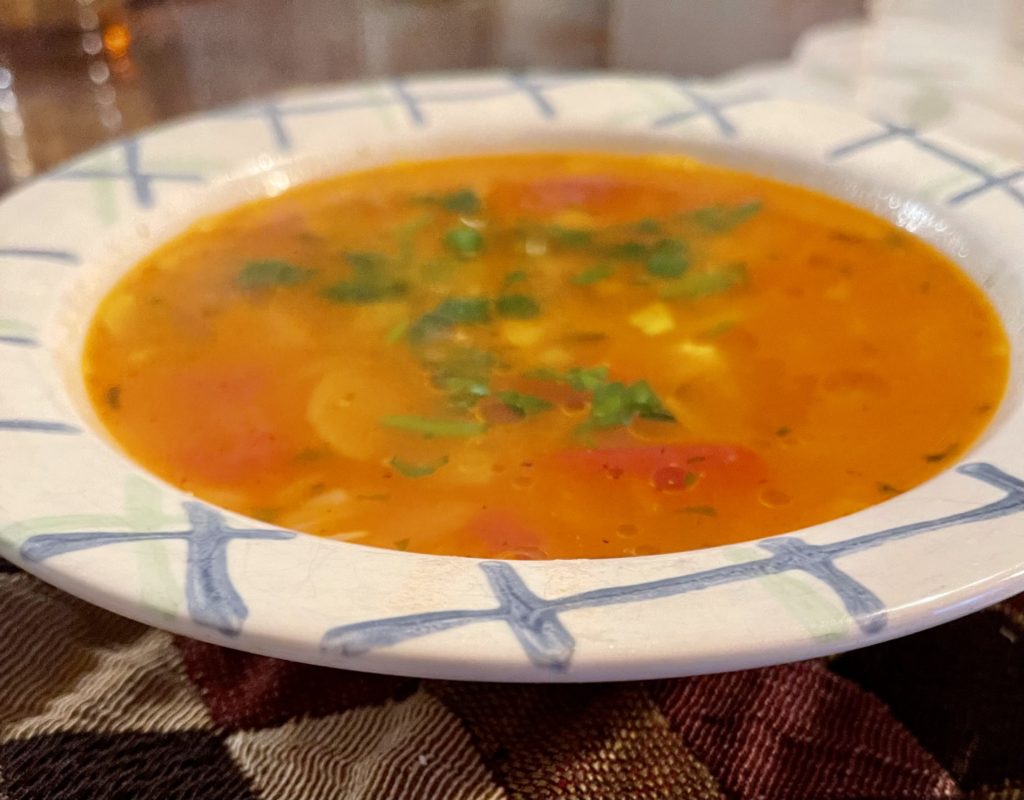
Our recipe for White Bean (Cannellini Soup) is easy and quick to make. And so delicious! Serve with a spiral of olive oil and some chopped parsley. Ingredients: 1 can of cannellini beans½ cup of 825 MAIN Marinara Sauce2 bay leaves2-3 shallotsa clove of garlic (crushed with the palm of your hand)1 quart of vegetable…
Shrimp Marinara
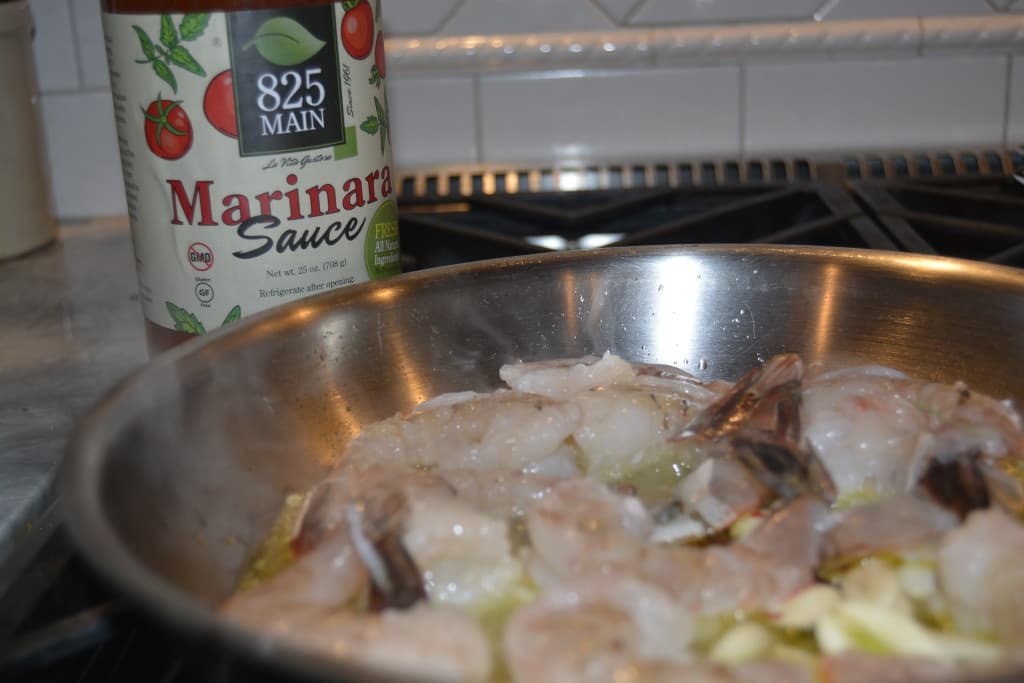
Serves 4 Ingredients: 1 jar of 825 MAIN Marinara Sauce1 ½ lb of 12/16 shrimp ( On the chart it would be either a jumbo shrimp or colossal) 5 shrimp per person¼ cup of extra virgin olive oil3 cloves of garlic peeled and sliced¼ cup of sherry wine¼ tsp of salt (optional)Pinch of red pepper…
Nonna’s Neapolitan Meatballs

Ingredients: 4 slices bread (2 packed cups’ worth)2 pounds ground beef or you can use a mix of pork, veal. and beef3 cloves garlic, minced1/4 cup finely chopped flat-leaf parsley1/4 cup grated Parmagiano Reggiano1/4 cup golden raisins (optional)1/4 cup toasted pine nuts (optional)1 1/2 teaspoons fine sea salt15 turns white pepper4 large eggs1/2 cup dried…
Gluten-Free Meatballs
Ingredients: 1 ½ pounds of meatloaf mix (veal, pork, and beef chopped meat)3 eggs¼ cup of chopped fresh parsley¼ cup of grated Parmigiana Reggiano cheese1 clove of garlic grated on the microplane or minced½ cup of almond mealSalt and pepper to taste1 jar of 825 MAIN Marinara Sauce Procedure:
Grilled Pesto Shrimp Recipe
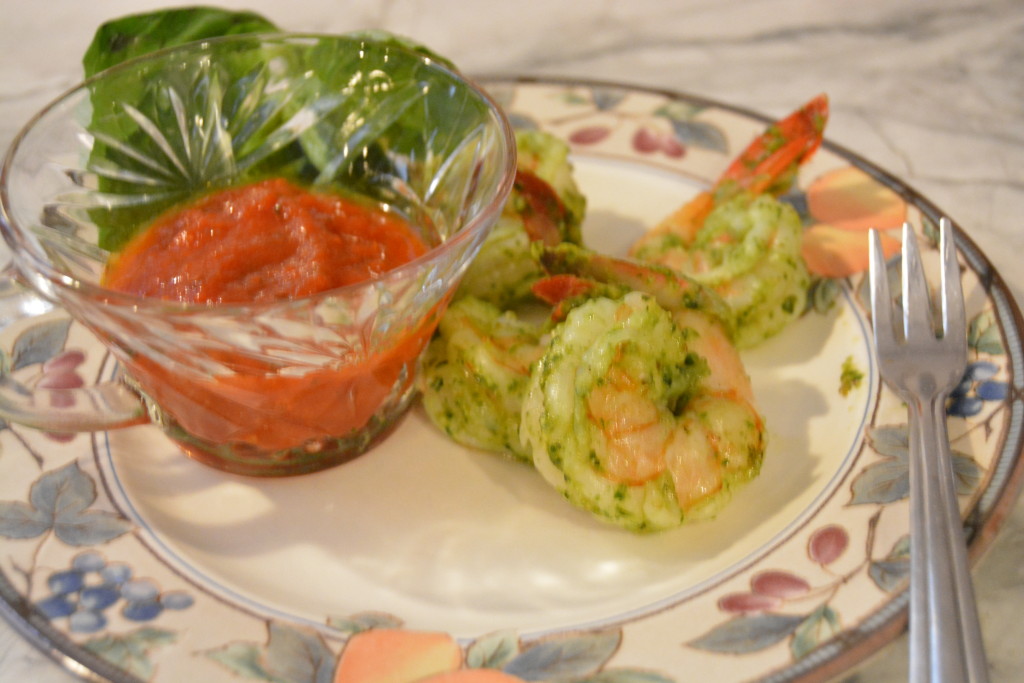
Ingredients: Shrimp (size at your discretion), peeled (tails left on) and deveined6 tablespoons extra virgin olive oil1 cup basil leaves (There are numerous varieties of this spicy, aromatic herb, but sweet basil and bush basil are the most common. It is used mostly in dishes that contain tomatoes, and in salads, soups and on pizzas.…
Roasted Fennel 825 MAIN Marinara Sauce
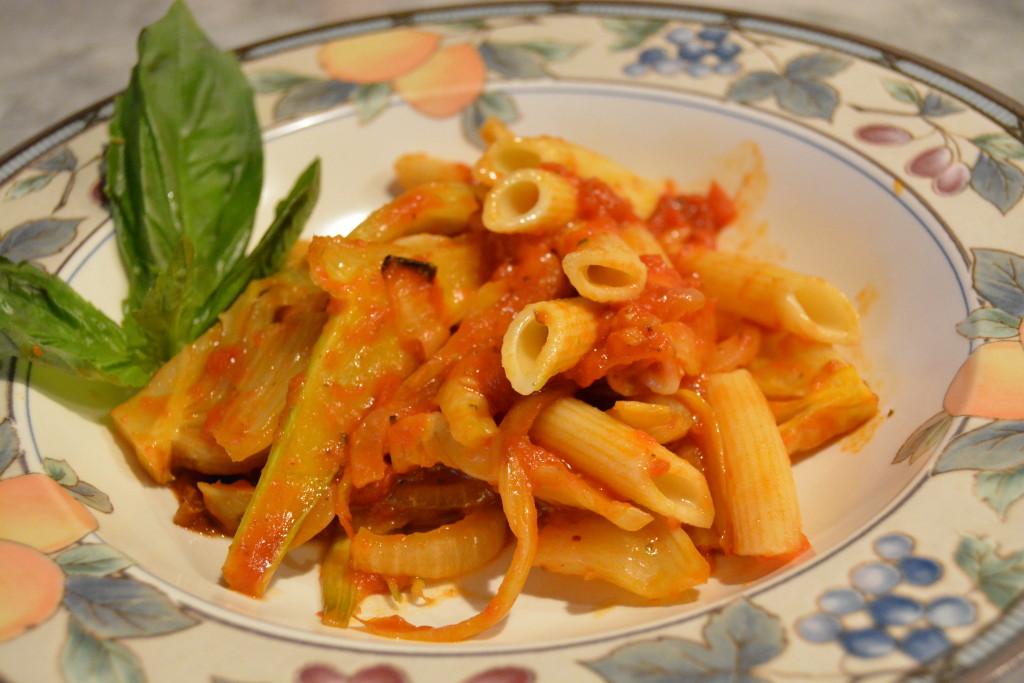
Ingredients: 2 fennel bulbs, cored and sliced (Fennel-finocchio) Fennel is used in three ways in Italian cooking. The bulb, known as Florence fennel or finocchio, is used whole, sliced or quartered as a vegetable, and either braised or baked au gratin. It is also chopped raw in salads. Wild fennel stems (finocchiella) and the frondy…


